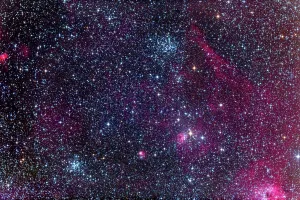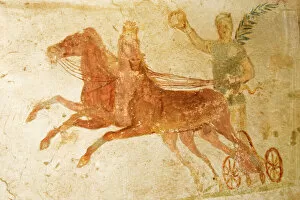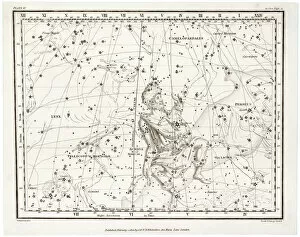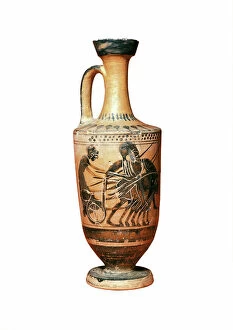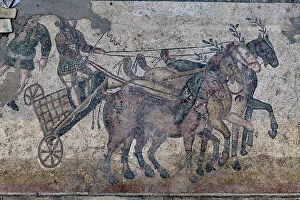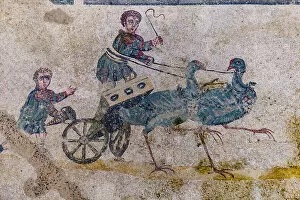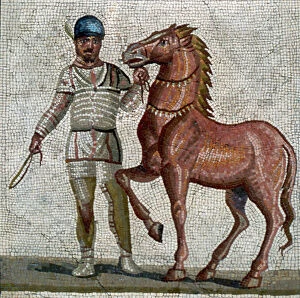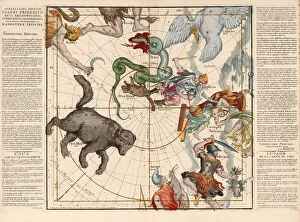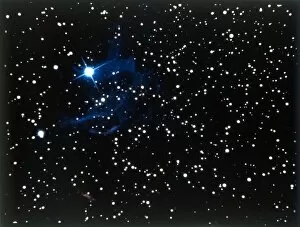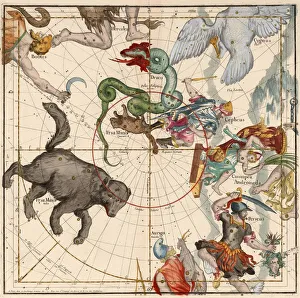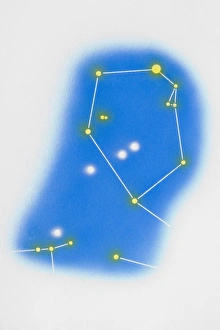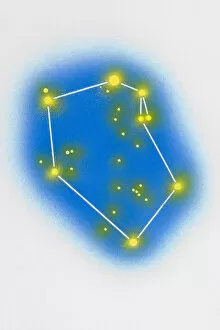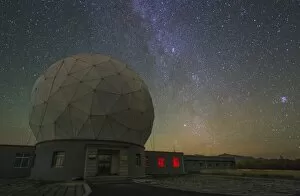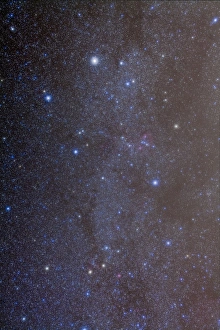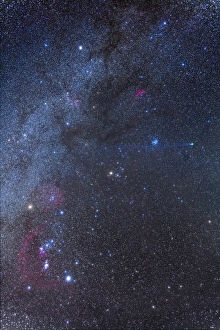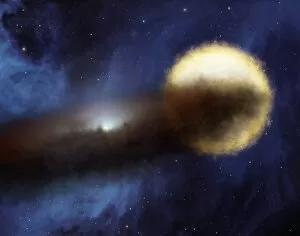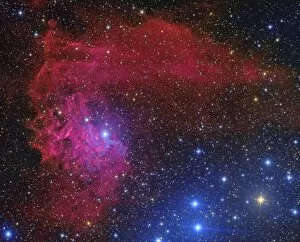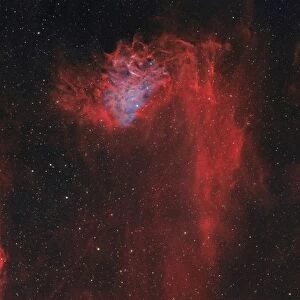Auriga Collection
In the vast expanse of the night sky, a constellation named Auriga captivates stargazers with its celestial wonders
All Professionally Made to Order for Quick Shipping
In the vast expanse of the night sky, a constellation named Auriga captivates stargazers with its celestial wonders. Among its dazzling features are the Pinwheel Cluster and Starfish Cluster, twinkling like precious gems in this cosmic tapestry. As the sun sets on another day, casting hues of orange and pink across the horizon, one can't help but be reminded of an ancient Roman fresco found in Ostia Antica. This artwork depicts scenes from daily life, including glimpses of chariot races that once enthralled spectators. Whittaker Star Maps 4 guide us through this ethereal realm, unveiling secrets hidden within Auriga's starry embrace, and is here that HMS Albion deploys Royal Marine Assault Craft, sailing through uncharted territories under these constellations' watchful eyes. Mosaics tell stories frozen in time; they transport us to a bygone era where chariots raced with unparalleled speed and grace. In one mosaic depicting a quadriga race, we witness birds soaring above as if guiding these daring athletes towards victory. The Motya Charioteer stands as a testament to human artistry and skill. Carved from marble centuries ago, this young man immortalizes the spirit of those who dared to harness such raw power atop their chariots. And then there's Gemini with Canis Minor shining brightly nearby—a celestial duo forever intertwined in mythology and folklore. Plate 13 from Atlas Coelestis reveals their harmonious dance across the heavens—a sight both mesmerizing and awe-inspiring. Roman charioteers were not only masters of their craft but also fashion icons donning tunics adorned with intricate designs. Their presence evokes images of fierce competition amidst thundering hooves and roaring crowds—truly an adrenaline-fueled spectacle. Auriga beckons us to look up at nightfall—to lose ourselves in its captivating beauty and ponder the mysteries of the universe.

